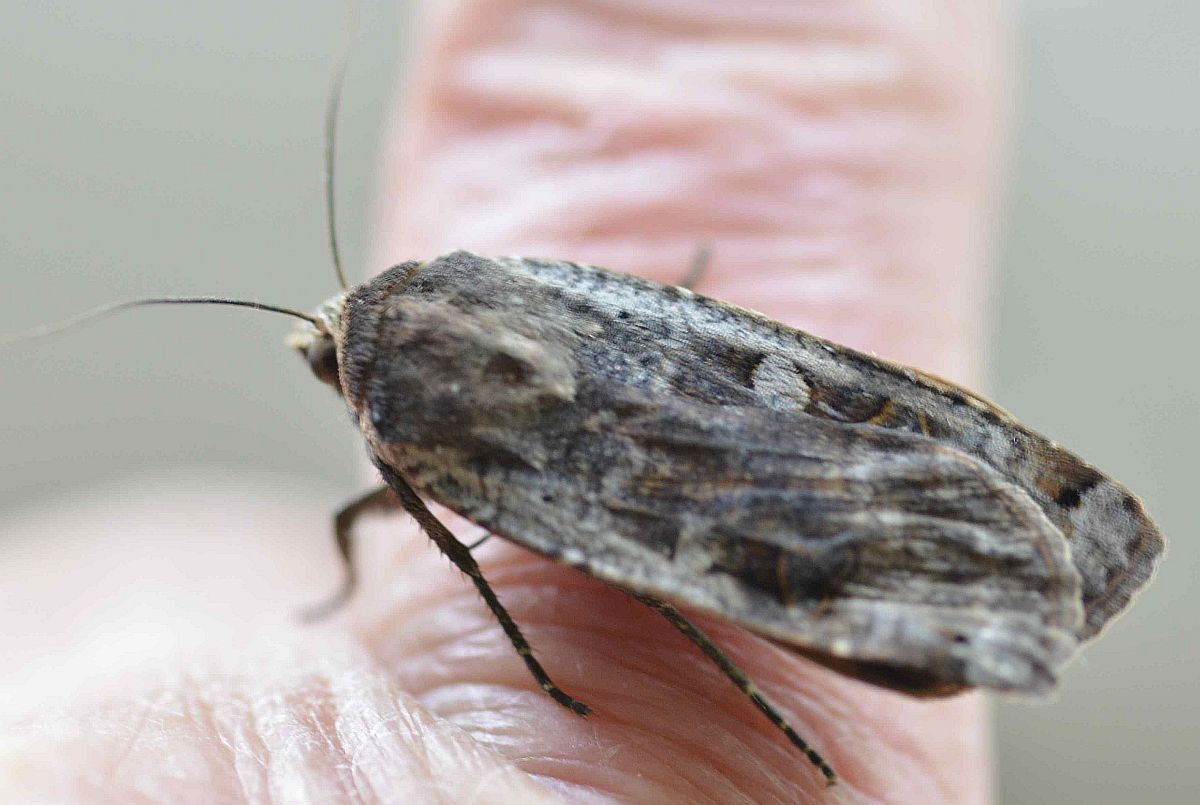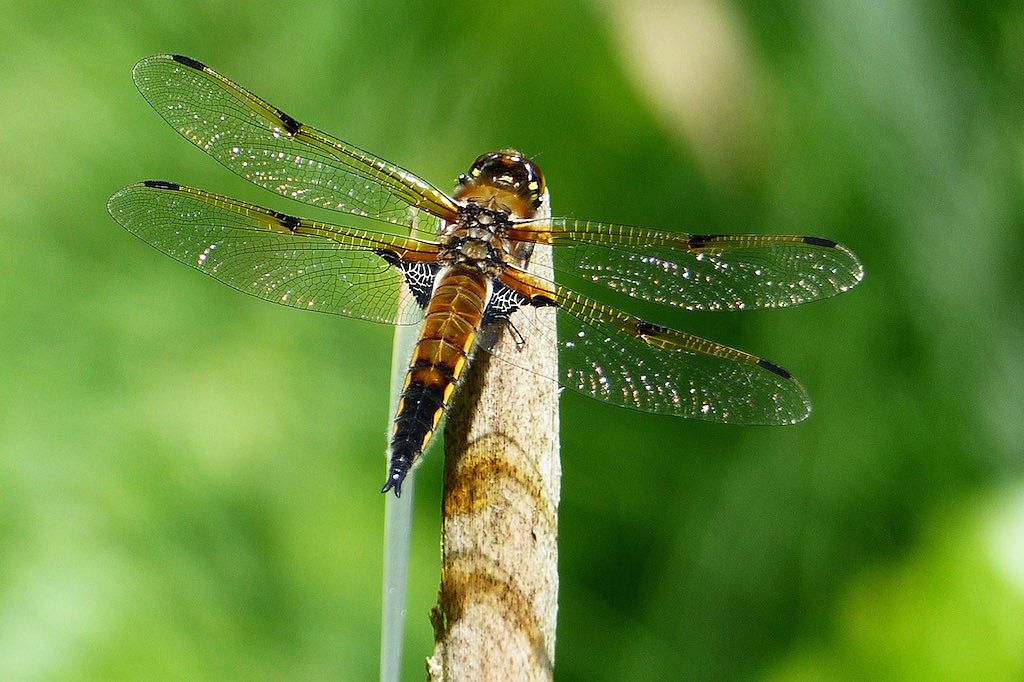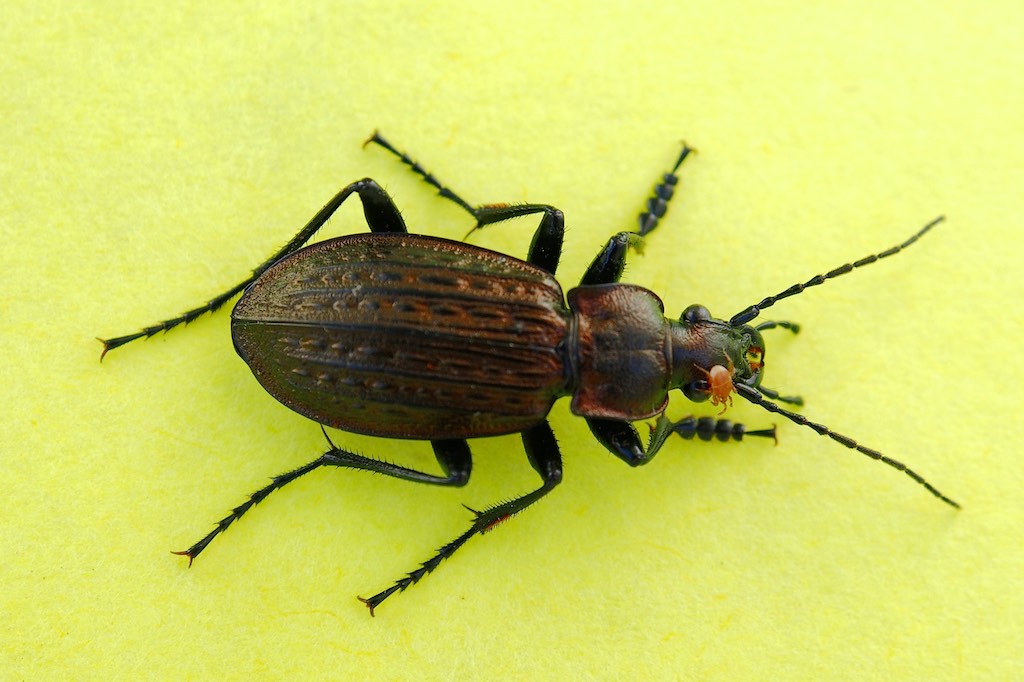May 31
2015 May 31
Aziza Cooper writes: Note yesterday from Mike Yip told me that fire closures were already in effect, and, thinking that sooner was better for a trip to Mt Cokely, I asked him if he could go today, Saturday. He was available, and we and his wife, Cathy, had a very productive trip there. We saw a total of 18 species, with all but one seen by all of us. In rough order of sighting, from lower elevations to higher. Numbers are approximate.
Western Meadow Fritillary – 2
Pale Swallowtail – wide range of elevation. 10+
Anise Swallowtail – 3
Mylitta Crescent – 8
Silvery Blue – 20 + [Many flyby blues could have been Silvery or Boisduval’s or Tailed.]
Spring Azure – 1
Clodius Parnassian – 2
Western Tailed Blue – see above
Mourning Cloak – 2
Hydaspe Fritillary – 1
Persius Duskywing – very common. 30+
Arctic Skipper – 3
Boisduval’s Blue – see above
Satyr Comma – Mike says it’s unlikely. Photo to be uploaded for i.d.
Two-banded Checkered (Grizzled) Skipper – 1
Hoary (Zephyr) Comma – 10
Painted Lady – 2 (only Mike saw these)
Sara Orangetip – 1
Milestones:Lifers for me: W. Meadow Frit, Persius Duskywing, Arctic Skipper and Zephyr Comma. First time photographed by me: Clodius Apollo. First time seen by me on Vancouver Island: W. Tailed Blue.
Photos were taken of almost everything we saw, and will be posted. My day finished with 20 species: Spring Azure and W. Tiger Swallowtail at Cowichan Station, and a Painted Lady at Mt Tolmie.
The fire closures could result in the planned trip to Mount Cokely on June 13 to be cancelled. Further info will be posted.
I had a fabulous time today in butterfly heaven, and I hope the road stays open for others to enjoy this banquet of butterflies.
Aziza Cooper
Julie Michaux sends a photograph of a Large Yellow Underwing from her garden in Old West Saanich Road.


Large Yellow Underwing Noctua pronuba (Lep.: Noctuidae) Julie Michaud
Gordon Hart sends a photograph of a Four-spotted Skimmer and a ground beetle Carabus granulatus. Thanks to Scott Gilmore for identifying the beetle for us. Note the ectoparasitic mite on the beetle’s head.


 Carabus granulatus (Col.: Carabidae) Gordon Hart
Carabus granulatus (Col.: Carabidae) Gordon Hart
